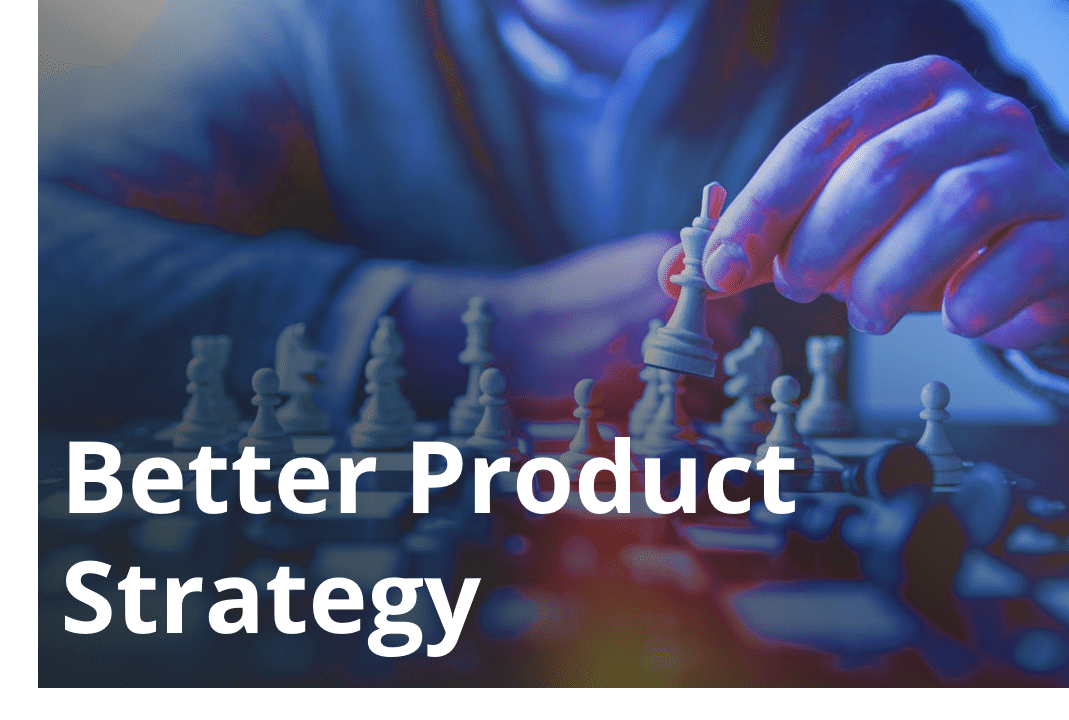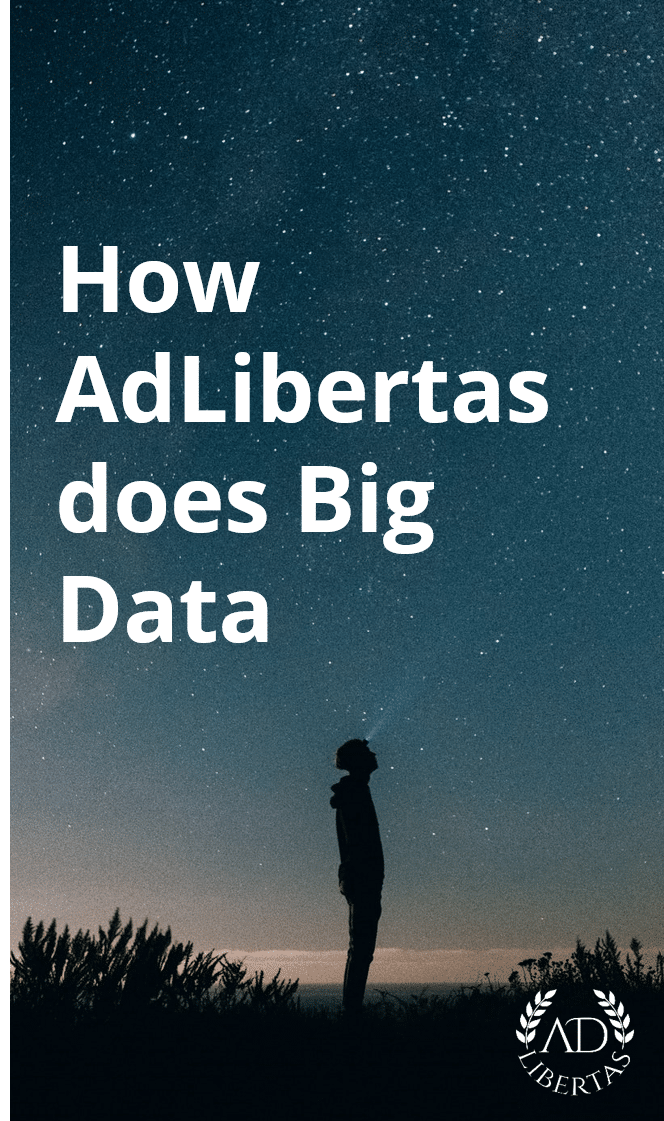How companies are using acquired datasets to build unfair advantages – Part I
The presence of cheap capital and an increase in customer acquisition costs are responsible for a massive number of acquisitions in the mobile space during 2021, and with last week’s announcement of Microsoft buying Activision and the week before seeing Take-Two acquire Zynga, the coming year shows no signs of slowing. There’s good reasons for consolidation—in the wake of IDFA-deprecation these mobile companies are acquiring assets to strategically defend against incoming data privacy protections and will realize benefits greater than the sum of their parts.
A notable example—and perhaps the most obvious– is Applovin: the ad-tech start-up, turned content producer, turned measurement platform, turned domineering acquirer is using M&A to expand their market presence. It’s working, for every $1 of revenue Applovin acquires, the market rewards the company with $7 in valuation. Because the breadth of their product line is so expansive, they’ve demonstrated to the industry one of the most valuable aspects of these acquisitions: combining and leveraging the data. Their access to massive amounts of market, user, and commerce data give them unfair advantages to their growth strategies. And it’s working. Adam Foroughi made it clear: “[we’re] using our data to fuel our software…we’re one of the fastest-growing software companies in the world because of how we’ve executed this strategy.”
But actual details are short on what these companies are actually going to do with this combined data. How exactly does combining data help a business win? We talk to many large-scale app publishers, technology vendors, and advertising platforms and have seen extremely interesting strategies and examples in how these visionaries are utilizing acquired datasets for their business advantage.
While business outcomes can range from decision-making to increased profitability, we find the applications of combined datasets fall into two main categories: driving better user retention, unit economics, and business intelligence, which we refer as product strategy; and identifying and scaling profitable user acquisition which we define as marketing.

How combined datasets help marketing:
Data-driven mobile companies are often led by their marketing efforts. In the context of mobile applications, marketing fundamentally means increasing scale in finding and acquiring valuable users. Privacy-fueled restrictions are making it much more difficult to rely on third parties to drive profitable campaigns. Gone are the days when you can run a Facebook Lookalike campaign on your users and sit back to watch your app scale. As a result, ad-tech and gaming companies are becoming intertwined, and as content companies lean into their own ad-tech endeavors – and vice versa – the resulting datasets can be used to help the primary goal of increasing the ability to acquire profitable users at scale.
Cross-promotion: Citing less efficient user acquisition, Eric Seufert bluntly calls cross-promotion “imperative for mobile game developers” in his 2022 predictions for mobile gaming. And it’s no surprise why. With the platforms taking ~30% of a CPI every time a user passes through the UA cycle, a portfolio can achieve massive scale by keeping a user inside their ecosystem.
Using bidstreams to increase competitive insights: The bidstream refers to the data generated by an app on an ad exchange. Getting access to the ad request bidstream of an app can uncover massively valuable information about competitive landscape. Participation in the bidding will give ideas on the cost ranges for customer acquisition, access to long-term traffic will help understand user retention rates, while the distribution of user ad requests and the frequency of ads shown to users will give accurate views of earned revenue. This is all very helpful when modeling a marketing budget and forecasting the revenue streams on a new product.
Supply path optimization: Even in a modern bidding ecosystem, there are pockets of inventory dominated by a single demand source. Most readers who have monetized with ads will have seen examples of an ad network or exchange that’s taken a turn at dominating a high CPM. Sometimes this is temporary, sometimes it lasts months. I’ve worked with ad companies that build “exchange order distribution” into their bidding models to triangulate the order of operation ad requests that would arrive from an ad request cascading through multiple exchanges. As a buyer, if you want the first crack at acquiring a user, you need to know which exchange sees the first ad request.
Scaling purchasing power and employee effectiveness: Economies of scale works with both vendor negotiations, and increasing employee effectiveness. Consolidating with vendors allows negotiation of larger discounts or savings at the enterprise level. With employees, fewer employees can specialize and focus on efficiently scaling tasks (managing UA budgets, ad creative creation, ad optimization), like Henry Ford’s assembly line, specialization increases efficiency in areas where generalists may overlook or skimp.
Leveraging technology investment & exploration: Sitting at the bleeding edge technology can be painful and expensive: experimenting with mixed media modeling to increase UA effectiveness post-IDFA; trying new non-standard routes of marketing; building out automation to improve reaction times, or building out tools to help in-house measurement. These expensive and time-consuming projects will be better suited for larger companies, where the brunt of the cost, effort, and failures are spread across a portfolio, where a successful outcome can be replicated at scale.
Monitoring competitive UA budgets/strategies: For those in competitive chart positions, they’ll periodically see their contemporaries burst-buy to climb the charts. Access to this up-to-date intelligence will tell you when to compete, or when you can back off to maintain or concede your chart position.

How combined datasets help product strategy
While advertising technology and marketing innovations tend to dominate the news and vendor product announcements, product development quietly marches forward, building better experiences to drive engagement, increasing per-user profitability and planning the next phase of innovations for the market. We expect 2022 to see an increase in very exciting technology advancements to help drive data-driven product development but we’re already seeing how teams are leveraging larger, combined datasets to increase their precision and signals on their content and product strategies.
Better business & KPI monitoring: Anyone who answers to a board or who runs a business unit can appreciate one of the first—and most important—reasons for data integration: monitoring the health of the business. This can—and does—start as simple as quarterly revenue reporting and forecasting but can quickly be extended to setting org-level alerts for increased, timely actions against key KPIs. I was speaking to a game publisher who shared that the average time to adjust a non-profitable campaign averaged 14 days. With massive budgets and hundreds of campaigns, this is an easy problem to have. Better monitoring and alerts can help guide internal prioritization.
Collaboration, benchmarking, and finding opportunities: At the most basic level of data integration you have colleagues sharing strategies, technologies, and other learnings but this can extend to more complex methods of using combined data: benchmarking business metrics against each other, which will naturally lead to finding opportunities and setting priorities. Two similar titles show very different retention rates: why and can we improve? UA for different titles seeing vastly different CPIs: can we experiment and learn from each other?
Next-level churn: ROAI (return on ad impression): One of my favorite innovations gaining traction is measuring user-churn from ads. For users who monetize via in-app ads, “giving away” users is part of the monetization strategy. But an interesting strategy for those so-inclined, watching which advertisers are buying users, modeling against the CPMs paid and the pLTVs of those users you can determine which advertisers are helping your overall earnings and determine which users are taking a user too soon.
Dynamic App Experiences: From AB testing to live-ops, we’re seeing an increasing number of apps create dynamic experiences to segment users: when should you show a user an ad? How can you engage a user likely to churn? These types of answers are only available by merging user analytics with revenue, prediction models, and enabling dynamic configuration.
Increasing signal strength: You’d be surprised how rudimentary most app developers are in using early user signals to predict or adjust marketing and product strategy. The most salient example is how few ad-supported businesses are using actual ad revenue to measure user value (LTV) – let alone a more advanced combination of using app events to drive dynamic conversation values back to marketing campaigns. When making marketing or product decisions, more data and more signals will help find correct results, faster.
Extending customer value: Popular in e-commerce, “increasing cart size” extends the scope of offerings to increase the number of products purchased by a single customer. The best analogy here is what Applovin is doing to increase the value offered to app developers: Max for mediation, Applovin for UA Adjust for measurement, SafeDK for quality control. Their broad product suite adds differentiation, stickiness, and additional revenue opportunities from each client. The app giants have been increasing services on their existing apps for years: e.g. YouTube adding streaming music, Netflix offering games, Uber offering food delivery. But it applies to games as well: battle-pass mechanics allow additional tiers of content available, NFTs show promise in offering scarcity to drive in-app purchases.
Combined data is the key to your unfair advantage
As the dust settles on an acquisition, it’s up to the combined teams to leverage the disparate assets to build something bigger—and more importantly, more effective—in helping the company’s growth. These ideas are just the beginning of how executives are creating strategies to help them win against the competition and while leveraging combined datasets sits at the core of each of these strategies, we’ve overlooked an important aspect in this article: how are companies actually going about with this integration. In part 2 we cover the strategies and methods of how companies are leveraging these datasets.


